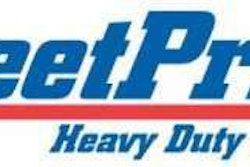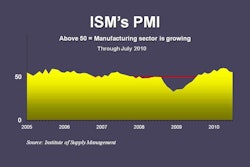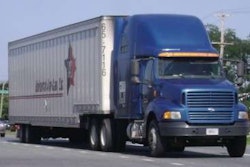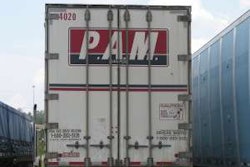Teletrac announced an agreement with ProMiles whereby Teletrac will provide ProMiles’ Fuel Tax Automation services as an integrated component of its Fleet Director GPS and vehicle tracking solution.
The Fleet Director GPS system includes real-time tracking of vehicles from the desktop, automatic route optimization, and detailed reporting for decision support and compliance. Fleet Director’s electronic on-board recorders (EOBRs) and hours of service capabilities integrated with GPS and other advanced features can also help ensure full FMCSA and DOT compliance and eliminate paperwork, violations, and reduce audit risk, the company says.
The ProMiles suite automates generation of state miles reports, International Fuel Tax Agreement (IFTA) and mile tax reports required by States and Provinces, and US States reports for log book and IRP compliance verification.
Traditionally, fuel tax reporting has been one of the most difficult processes for trucking and transportation companies to master. From relying on driver recorded data to the lengthy and error-prone process of data entry, past reporting methods have proven to be inefficient and expensive, the company says.
ProMiles Fuel Tax Automation gives the trucking industry the same tools to pre-audit their records that the government uses to perform an audit – all via integration with the customer’s installed GPS equipment.
With the new service, ProMiles seamlessly integrates Teletrac-gathered vehicle location and route data plus GPS- and map-based jurisdictional information with ProMiles Fuel Tax data and calculations to generate audit-proof trip records and reports that are compliant with state and federal regulations.
“The partnership with ProMiles broadens the benefits of Fleet Director,” stated Drew Hamilton, executive vice president, Teletrac. “The integration of our two products allows customers to further reduce costs and improve efficiencies by eliminating manual, time-consuming processes.”










